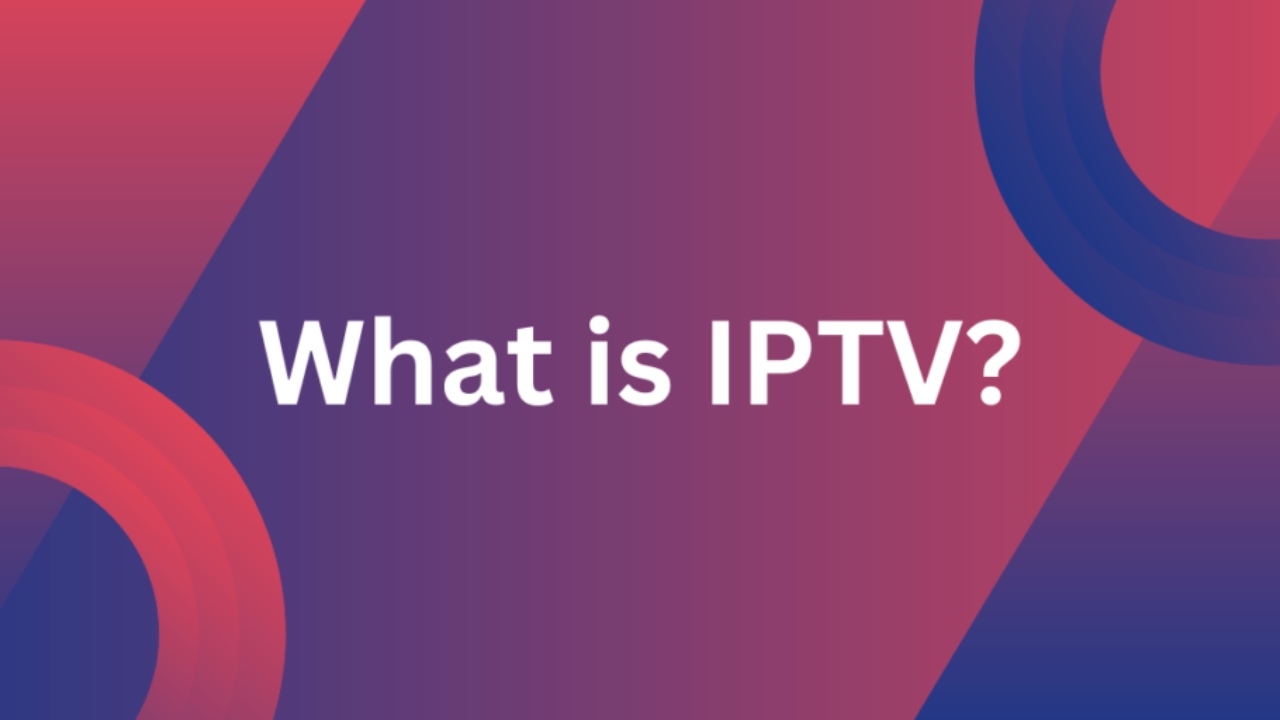
In the digital age, Today’s Viewers are increasingly seeking flexible, on-demand, and personalized television experiences. Traditional broadcasting methods are giving way to innovative solutions that cater to these evolving preferences. One such groundbreaking technology is Internet Protocol Television (IPTV). This blog delves deep into the Definition of IPTV, its workings, benefits, and its transformative impact on modern viewership.
Today’s Viewers of Internet Protocol Television (IPTV) is a system where television services are delivered using the Internet Protocol suite over a packet-switched network such as the Internet, instead of being delivered through traditional terrestrial, satellite signal, and cable television formats. Unlike downloaded media, IPTV offers the ability to stream the source media continuously. This means a client media player can begin playing the content (such as a TV channel) almost immediately.
“IPTV is defined as multimedia services such as television/video/audio/text/graphics/data delivered over IP-based networks managed to provide the required level of quality of service and experience, security, interactivity, and reliability.”
This definition underscores IPTV’s capability to offer a comprehensive suite of multimedia services with a focus on quality and interactivity.
To grasp the functionality of IPTV, it’s essential to understand its core components and processes:
IPTV services begin by acquiring content from various sources, including live TV channels, on-demand videos, and other multimedia content. This content is then prepared for distribution over IP networks.
The acquired content is encoded and compressed to ensure efficient transmission over the internet. This process involves converting the content into a digital format and compressing it to reduce bandwidth usage without compromising quality.
Once encoded, the content is distributed through a Content Delivery Network. CDNs are systems of distributed servers that deliver content to users based on their geographic location, ensuring faster and more reliable access.
Middleware acts as the intermediary between the user and the service provider. It manages user interfaces, channel lineups, billing, and other essential functions, providing a seamless user experience.
Finally, the content reaches the end-user devices, which can include set-top boxes, smart TVs, computers, smartphones, or tablets. Users can then access live TV, on-demand videos, and other services through these devices.

IPTV encompasses various service models to cater to diverse viewer preferences:
This service mirrors traditional broadcast TV, allowing users to watch live broadcasts in real-time. It’s commonly used for live events, news, and sports for Today’s Viewers.
VOD services enable users to select and watch video content whenever they choose. This includes movies, TV shows, and other pre-recorded content for Today’s Viewers.
Time-shifted TV allows users to watch previously aired content at their convenience. Features like catch-up TV and start-over TV fall under this category, providing flexibility to viewers who miss live broadcasts.
Today’s Viewers are reaping numerous advantages from IPTV services:
IPTV offers a tailored viewing experience, allowing users to select content based on their preferences. Personalized recommendations and customizable channel packages enhance user satisfaction.
With IPTV, viewers can access content across various devices, including smartphones, tablets, laptops, and smart TVs. This flexibility ensures entertainment is available anytime, anywhere.
IPTV services often include interactive features such as pause, rewind, fast-forward, and program guides. Some platforms also offer interactive advertising and voting systems, enhancing user engagement.
Compared to traditional cable or satellite services, IPTV often provides more affordable subscription models. Users can choose packages that suit their needs, avoiding unnecessary expenses on unwanted channels.
Advancements in internet infrastructure have enabled IPTV services to offer high-definition (HD) and even ultra-high-definition (UHD) streaming, providing superior picture and sound quality.
| Feature | IPTV | Traditional Broadcasting |
| Delivery Method | Internet Protocol (IP) networks | Satellite, cable, or terrestrial |
| Content Availability | On-demand and live | Scheduled programming |
| Interactivity | High (pause, rewind, VOD) | Limited |
| Device Compatibility | Multi-device (TV, mobile, PC) | Primarily TV |
| Personalization | High (customizable content) | Low |
| Cost | Often more affordable and flexible | Fixed packages, potentially costly |
While IPTV offers numerous benefits, there are challenges to consider:
IPTV relies heavily on internet connectivity. Poor or unstable internet connections can affect streaming quality and user experience.
Ensuring legal access to content is crucial. Unauthorized IPTV services may offer pirated content, leading to legal issues and potential penalties for users.
Users may encounter technical issues such as buffering, latency, or compatibility problems with certain devices, requiring technical support or troubleshooting.
The IPTV industry is poised for significant growth, driven by technological advancements and changing consumer behaviors. Emerging trends include:
IPTV stands for Internet Protocol Television, a system where television services are delivered over the internet rather than traditional terrestrial, satellite, or cable formats.
Unlike traditional TV, which broadcasts content in real-time over specific frequencies, IPTV streams content over the internet, allowing for on-demand access and interactive features.
Yes, IPTV services are accessible on various devices, including smart TVs, computers, smartphones, tablets, and set-top boxes.
Using IPTV services is legal when accessing content through authorized providers. However, using unauthorized services that offer pirated content is illegal and can lead to legal consequences.
A stable and high-speed internet connection is recommended for optimal IPTV streaming quality, especially for HD or UHD content.
Some IPTV services offer free content, but they may come with limitations such as ads, lower quality, or fewer channels. It’s essential to ensure that any free service used is legal and authorized.
The Definition of IPTV encompasses a transformative approach to television consumption, aligning with the demands of Today’s Viewers for flexibility, personalization, and interactivity. As technology continues to evolve, IPTV stands at the forefront of delivering enriched and accessible entertainment experiences.